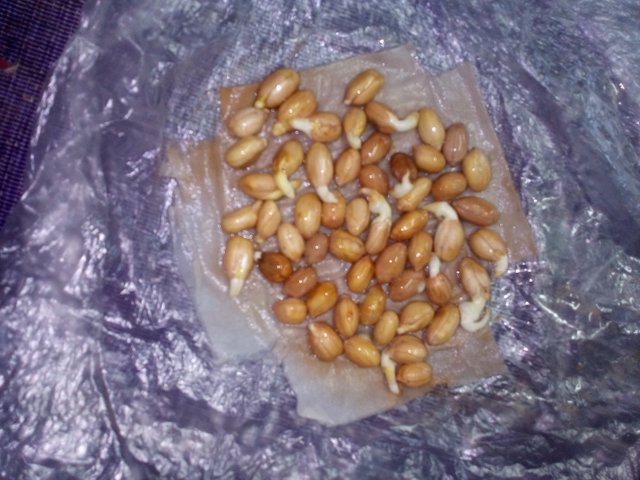Germination of peanuts
Germination of Peanuts: A Comprehensive Overview
Peanut (Arachis hypogaea), also known as groundnut, is a vital legume crop grown for its edible seeds. The process of peanut germination is crucial for successful cultivation and involves several stages that transform a dormant seed into a seedling capable of photosynthesis and independent growth. Understanding the intricacies of peanut germination can significantly impact agricultural practices and yield outcomes.
Seed Structure and Preparation
Before delving into germination, it is essential to comprehend the structure of a peanut seed. Each seed comprises an embryo, cotyledons, and a seed coat. The cotyledons store nutrients necessary for the initial growth phases. The seed coat, or testa, provides protection against environmental factors and pathogens. For optimal germination, seeds must be viable, which can be assessed through germination tests. Farmers often treat seeds with fungicides to prevent diseases and enhance germination rates.
Conditions for Germination
Several factors influence the germination of peanut seeds, including temperature, moisture, oxygen, and light. Peanuts require a warm environment, with an optimal temperature range between 25°C to 30°C (77°F to 86°F). Soil moisture is critical, as water activates enzymes that initiate the germination process. However, excessive moisture can lead to fungal infections. Oxygen is also necessary for respiration during germination, and well-aerated soil facilitates this. While light is not a prerequisite for the germination of peanuts, it becomes essential for the growth of the seedling post-germination.
Stages of Germination
Imbibition: The germination process begins with imbibition, where the seed absorbs water, swelling and softening the seed coat. This uptake of water reactivates the seed’s metabolism, initiating enzymatic activities.
Enzymatic Activation and Mobilization of Reserves: Water absorption leads to the activation of enzymes like amylases, proteases, and lipases. These enzymes break down the stored nutrients in the cotyledons into simpler molecules, providing energy and building blocks for the growing embryo.
Radicle Emergence: The first visible sign of germination is the emergence of the radicle (embryonic root) through the seed coat. The radicle anchors the seed in the soil and begins absorbing water and nutrients.
Shoot Emergence: Following the radicle, the plumule (embryonic shoot) emerges. In peanuts, the cotyledons remain underground (hypogeal germination), and the plumule grows upwards towards the soil surface, developing into the stem and leaves.
Seedling Establishment: Once the shoot reaches the surface and is exposed to light, it starts photosynthesis. The seedling establishes itself, with true leaves forming and the cotyledons eventually withering as their stored nutrients are depleted.
Factors Affecting Germination
- Seed Quality: High-quality seeds with a high germination rate are essential. Seeds should be harvested, processed, and stored correctly to maintain viability.
- Soil Conditions: Well-drained, loamy soils with adequate organic matter are ideal for peanut germination. Soil pH should be slightly acidic to neutral (pH 6.0 to 6.5).
- Temperature: Consistent warm temperatures are necessary. Germination may be delayed or inhibited in cooler conditions.
- Water Management: Adequate but not excessive watering is crucial. Drip irrigation can provide precise water delivery.
- Disease Management: Fungicidal treatments and crop rotation can minimize the impact of soil-borne diseases that hinder germination.
Conclusion
Germination is a critical phase in the life cycle of peanuts, determining the success of crop establishment and ultimately influencing yield. By optimizing conditions and understanding the biological processes involved, farmers can improve germination rates and achieve better crop outcomes. Research and advancements in agricultural practices continue to enhance our knowledge, ensuring sustainable and productive peanut farming.
